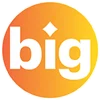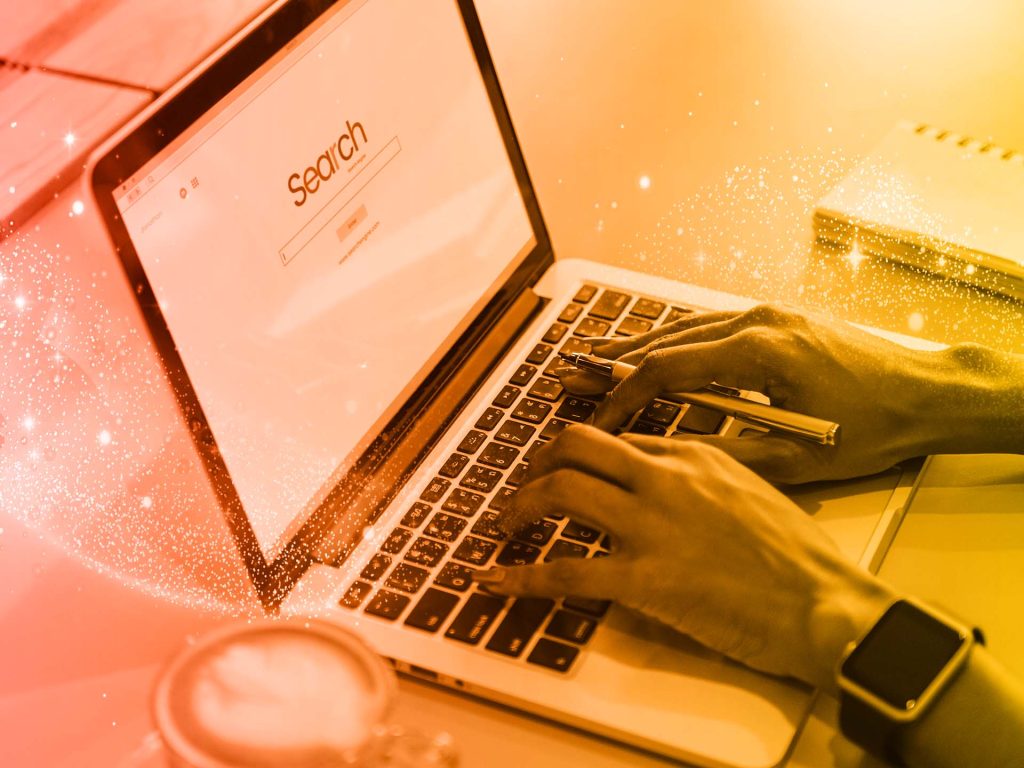Strategic Planning Services
Unlock BIG Growth
Strategy Consulting
We blend cutting-edge technological insights with strategic planning expertise to ensure your corporate strategy is future-ready.
Our Strategy Consulting services are insights-driven, not hypothesis-driven, which allows co-creation with the executive team. This allows tailored solutions to sync technological innovation with your unique business goals and challenges.
AI Integration and
Optimization
Bespoke AI Strategies Agile AI Implementation Sustainable AI Adoption and Ethics
Operational
Excellence
Operational Efficiency Optimized Throughput Strategic Expansion Planning
Financial
Performance
Bespoke AI Strategies Agile AI Implementation Sustainable AI Adoption and Ethics
Technology
Strategy and
Implementation
Digital Transformation Balanced Technology Integration Embedded Innovation and Upskilling
People and Talent
Management
People-centric Strategies Technology Upskilling and Readiness Strategic Alignment and Culture Transformation
Brand Strategy
and Development
Redefine Brand Architecture Enhance Brand Loyalty Culture and Values Embedding
AI Integration and Optimization
Bespoke AI Strategies: We develop bold yet tailored AI visions and roadmaps aligned to each client’s distinct culture and strategic priorities. This bespoke approach harnesses AI’s full potential while realizing anticipated efficiency gains.
Agile AI Implementation: Our phased, flexible integration responsive to stakeholder needs permits real-time feedback. This ensures business unit alignment while integrating with your existing technology stack.
Sustainable AI Adoption and Ethics: We co-create ethical AI frameworks and foster a culture of continuous learning to sustain enduring adoption. Our approach provides more than technical integration – it builds staff capabilities and upholds AI ethics.
- Bespoke AI Strategies
- Agile AI Implementation
- Sustainable AI Adoption and Ethics
Operational Excellence
Operational Efficiency: We instill lean, waste-free operations by mapping your end-to-end value streams, strengthening workflow interconnectedness, and accelerating the pull of customer demands to boost throughput.
Optimized Throughput: Our waste sector expertise analyzes entire supply chains to optimize material flows, improve output quality, reduce costs through capability building, and pivot towards emerging profit drivers aligned to sustainability megatrends.
Strategic Expansion Planning: We build competitive advantage by leveraging data-driven operational insights into regional performance gaps and growth potential to strategically target horizontal and vertical M&A opportunities that expand your geographic and services footprint.
- Operational Efficiency
- Optimized Throughput
- Strategic Expansion Planning
Financial Performance
A Financial Physical: We target increased profitability by exploring existing revenue streams and current cost structures. Assessing your firm’s financial health through key metrics like cash conversion cycle dynamics, accurate cost allocations, and ROI on operational investments, we go beyond benchmarking versus industry peers to redefine what is possible.
Multi-discipline Approach: Our multi-industry experience gives us insights into potential profitability improvement levers. Working with numerous firms leveraging vertically integrated value chains through data-driven frameworks, we help you balance localized responses to market conditions within centralized financial guardrails.
Sustainable Profitability: We architect process and policy enhancements that embed sustainable profitability gains, such as frameworks for seeking both marginal revenue and breakthrough innovation, processes for strengthening budgeting models, and increasing cash flows by lengthening cash cycles.
- A Financial Physical
- Multi-discipline Approach
- Sustainable Profitability
Technology Strategy and Implementation
Digital Transformation: We guide clients through holistic digital change - spanning strategic visioning, cultural integration, and data-driven delivery - uniquely tailored to how you operate and where you aim to be. Our approach emphasizes real-time analytics, measured against data-driven key performance indicators, to accelerate strategic capability-building.
Balanced Technology Integration: Our technology roadmaps strike the optimal balance between transformational vision and pragmatic delivery. We utilize agile development with regular leadership touchpoints to ensure alignment as priorities shift. We structure roadmaps to scale core competencies over time without significant operational disruption.
Embedded Innovation and Upskilling: We instill enduring digital transformation by equipping your workforce with future-ready knowledge and skills. Our change management focuses on capability-building through digital fluency training, ethical AI oversight, and fostering a collaborative culture of continuous learning. This drives efficiency gains while ensuring technology innovations stick through broad user adoption and aptitude growth.
- Digital Transformation
- Balanced Technology Integration
- Embedded Innovation and Upskilling
People and Talent Management
People-centric Strategies: We design transformation strategies to align organizational culture, employee experience, and strategic goals through change management initiatives, including readiness assessments, stakeholder mapping, transition planning, coaching networks, and capability building.
Technology Upskilling and Readiness: Our expertise accelerates strategic alignment by identifying capability gaps, coaching leaders on change techniques, mapping employee journeys, and conveying each person's vital role in achieving the updated corporate strategy.
Strategic Alignment and Culture Transformation: We build enterprise-wide understanding, enthusiasm, and capability for strategic initiatives by guiding executives to optimize talent processes, realign workforces, and shape high-performance cultures characterized by growth mindsets, inclusion, and continuous skill-building.
- People-centric Strategies
- Technology Upskilling and Readiness
- Strategic Alignment and Culture Transformation
Brand Strategy and Development
Redefine Brand Architecture: We conduct a portfolio analysis to inform your current brand perceptions, analyze your messaging strategies, and review the visual identity systems for regional relevance yet global brand alignment.
Enhance Brand Loyalty: Our ethnographic research techniques uncover customer insights to create personalized, omnichannel brand experiences nurturing enduring emotional connections. Through user journeys based on customer personas, we reimagine your brand from the outside-in, where customers find value in your offerings, and how to enhance that messaging.
Culture and Values Embedding: We help your team codify authentic internal brand narratives, then leverage that singular voice to externally communicate your core values into every client touchpoint to boost talent retention and customer loyalty.
- Redefine Brand Architecture
- Enhance Brand Loyalty
- Culture and Values Embedding
Ready to go BIG?
Our strategy consulting services blend functional expertise across critical areas, focusing on realizing data-driven growth.
Whether building intelligent systems to harness insights, architecting digital platforms to serve customers better, or embedding your purpose into the brand, our integrated consulting approach ensures strategic alignment.
We translate insights into actionable strategies while building internal capabilities to sustain enduring transformation that drives shareholder value.
Schedule a call to discuss how we can partner to achieve your ambitions.
Case Studies
BIG Results
We create BIG results for private, public and
government institutions.
Have a question for BIG?
BIG Answers
Strategic planning is a roadmap for medium-to-long-term success, aligning an organization's daily efforts and valuable resources toward well-defined goals. At The Berkeley Innovation Group, we take an exploratory approach, diving deep into your current state and market realities. Our plans not only guide resource allocation and management alignment but also address challenges like resistance to change. The result is a dynamic, evidence-based strategy that evolves with your needs, setting the stage for sustained growth and competitive advantage.
Choosing The Berkeley Innovation Group for your strategic planning means embracing a co-creative, data-driven approach that's tailored to your unique circumstances. Our plans drive top-line growth, optimize resource allocation, and foster organizational alignment. With a focus on actionable KPIs and stakeholder engagement, we help you navigate business complexities, identify growth opportunities, and set the stage for smooth transitions during implementation, leading to sustainable success.
At The Berkeley Innovation Group, we believe in crafting custom strategies rooted in your unique context. Our process starts with 'The BIG Reality,' a deep dive into your organization's internal dynamics, market positioning, and challenges. We then co-create an actionable strategic plan, employing targeted KPIs for measurable outcomes. Our data-driven insights and stakeholder engagement ensure a plan that's closely aligned with your specific needs and goals.
Absolutely! At The Berkeley Innovation Group, we excel in balancing short-term actions with long-term visions through our three-phase approach: Analyze, Align, and Ascend. We craft adaptable roadmaps that consider immediate needs while setting an unambiguous North Star for your future. Our focus on actionable KPIs and ongoing support ensures a holistic, dynamic approach to achieving success.
We directly address challenges like resistance to change through our 'Ascend: The BIG Change' phase, integrating change management into the strategic planning process. We emphasize stakeholder engagement at all levels, offering clear communication and tailored training. This focus not only minimizes resistance but also empowers your team to actively contribute to a smooth transition and successful strategy execution.
At The Berkeley Innovation Group, we establish actionable KPIs and OKRs during our 'Align: The BIG Plan' phase to serve as benchmarks aligned with your strategic goals. Through ongoing support and regular monitoring, we not only track progress but also make data-driven adjustments, ensuring your plan remains dynamic and responsive to real-world conditions.
Absolutely. At The Berkeley Innovation Group, our commitment extends beyond the planning stage. Through our 'Ascend: The BIG Change' phase and beyond, we offer ongoing support that includes consultations, progress tracking using actionable KPIs, and data-driven adaptations to ensure your strategic plan meets its objectives and adapts to evolving conditions.
Yes, strategic planning is universally beneficial. At The Berkeley Innovation Group, we've partnered with diverse industry leaders—from the Oakland A’s baseball team to Google's data center division to Recology, a billion-dollar waste management company—to deliver customized strategic plans that drive growth and transformation, regardless of size or sector.
Getting started is straightforward - contact us via our contact page, and we'll arrange an initial consultation to assess your organization's needs, challenges, and goals before creating a tailored strategic planning approach to suit.
This depends on various factors, including the complexity of your organization, the depth of analysis required, and the extent of collaboration required - we work closely with you to develop a timeline that suits your needs and goals. However, full creation, refinement, and implementation is a year-plus process.
Our experienced team guarantees a comprehensive strategic planning approach tailored to your organization's needs. They're committed to developing actionable strategies and effective change management processes and offering ongoing support that helps your goals come to life.
Become a Partner
Unlock growth & create positive change



